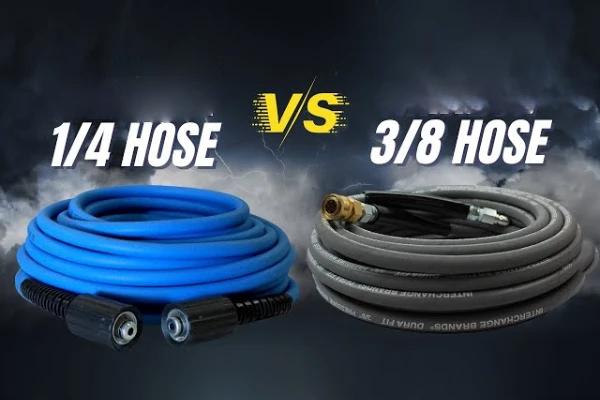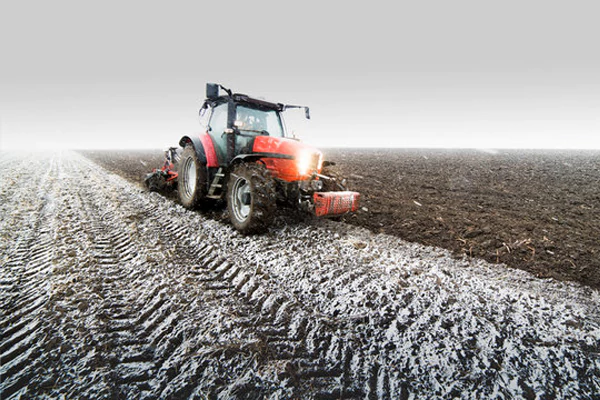Dredging hoses are a crucial component of any dredging operation. They are used to transport sediments, slurries, and other materials from the dredging site to the discharge location. However, working with dredging hoses can be dangerous if proper safety precautions are not taken.
In this article, we will discuss the precautions and guidelines that should be followed to ensure the safety of workers and equipment during dredging operations.
Understanding Dredging Hose Safety Risks
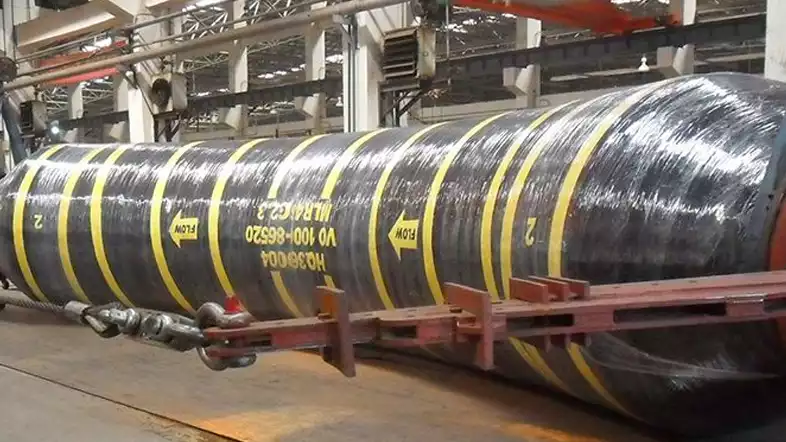
Dredging hoses are subject to various safety risks, including:
Pressure Hazards
The pressure in dredging hose can be very high, which can cause serious injury to workers if the hose bursts or comes loose.
Strain Hazards
Dredging hoses are subject to strain and stress as they are dragged across the sea floor or riverbed. This strain can cause the hose to rupture or tear, potentially causing serious injury to workers.
Electrical Hazards
If a dredging hose comes into contact with electrical equipment or power lines, it can cause electrocution, which can be fatal.
Chemical Hazards
Some dredging operations involve the transport of hazardous materials, such as chemicals or waste. Workers must take precautions to avoid exposure to these substances.
Precautions and Guidelines for Dredging Hose Safety
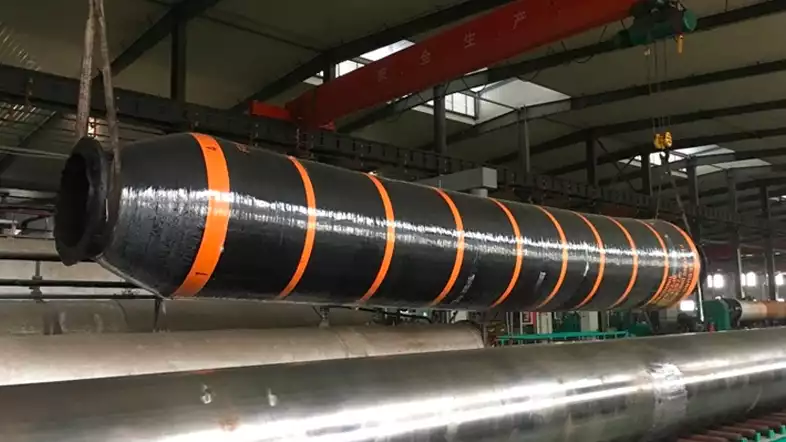
To minimize the risks associated with dredging hoses, the following precautions and guidelines should be followed:
Conduct a Risk Assessment
Before beginning any dredging operation, a risk assessment should be conducted to identify potential hazards and develop strategies to minimize them.
Use Proper Equipment
Only use hoses that are specifically designed for dredging operations and are in good condition. Inspect hoses regularly for signs of wear and tear, and replace them as needed.
Follow Safe Operating Procedures
Workers should be trained in safe operating procedures for dredging hoses, including proper handling, storage, and maintenance. All workers should wear appropriate personal protective equipment, including gloves, safety glasses, and hard hats.
Use Correct Pressure and Flow Rates
Dredging hoses should be operated at the correct pressure and flow rates as specified by the manufacturer. Over-pressurization can cause hoses to burst or come loose, while under-pressurization can reduce efficiency and increase the risk of blockages.
Mark and Secure Hoses
All hoses should be clearly marked with their size, length, and maximum operating pressure. Hoses should be securely anchored to prevent movement or slippage.
Avoid Contact with Electrical Equipment
Dredging hoses should never be used near electrical equipment or power lines. Workers should be trained to identify potential electrical hazards and take steps to avoid them.
Handle Hazardous Materials Safely
If hazardous materials are being transported by dredging hoses, workers should follow all appropriate safety protocols for handling and disposing of these materials.
What Are the Most Common Hazards Associated With Dredging Hoses?
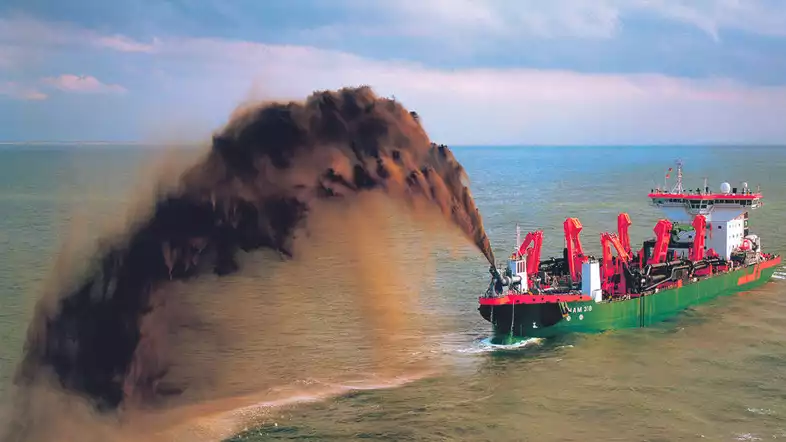
Dredging hoses are used to extract material from underwater and transport it to a different location. The operation of dredging hoses can pose a variety of hazards. Some of the most common hazards associated with dredging hoses include:
- Pressure hazards: Dredging hoses are under high pressure and can rupture or burst, causing serious injury or death to anyone in the vicinity.
- Pinch point hazards: The movement of the dredging hoses can create pinch points that can trap body parts, leading to amputations, fractures, or other serious injuries.
- Slipping hazards: The hoses can become slippery when wet, leading to slips, trips, and falls.
- Chemical hazards: Dredging hoses can transport chemicals and other hazardous materials, exposing workers to potential chemical hazards.
- Electrocution hazards: Dredging hoses can come into contact with power lines or other electrical sources, leading to electrocution or other electrical hazards.
- Noise hazards: The operation of dredging hoses can generate high levels of noise that can cause hearing damage over time.
It is important to identify and mitigate these hazards to ensure the safety of workers and the public during dredging operations. Employers and workers should receive proper training, and safety protocols should be implemented and followed at all times.
What Personal Protective Equipment Should Be Worn When Working With Dredging Hoses?
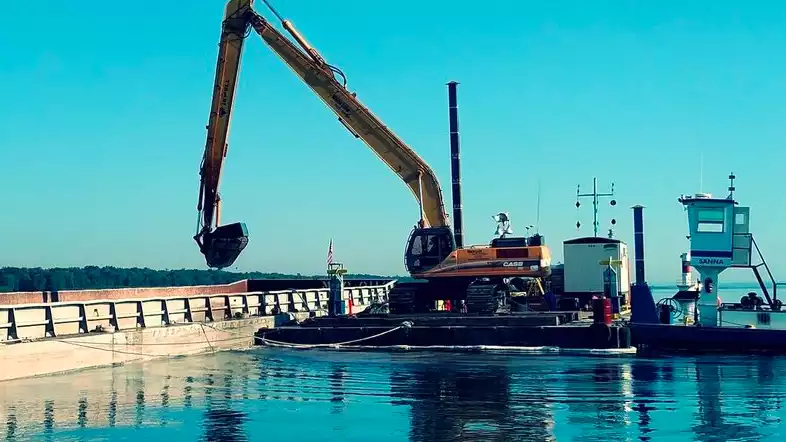
When working with dredging hoses, workers should wear personal protective equipment (PPE) to protect themselves from potential hazards. The specific PPE required may vary depending on the type of work being done, but the following are some examples of PPE that may be necessary:
- Hard hats: Workers should wear hard hats to protect their heads from falling debris or other objects.
- Eye and face protection: Eye and face protection, such as safety glasses or goggles, should be worn to protect against flying debris or splashing water.
- Gloves: Workers should wear gloves that are appropriate for the task being performed, such as chemical-resistant gloves or cut-resistant gloves.
- Protective clothing: Depending on the work environment, workers may need to wear protective clothing, such as waterproof jackets or coveralls, to protect against exposure to hazardous materials or the environment.
- Safety footwear: Workers should wear safety footwear with slip-resistant soles to prevent slips and falls.
- Hearing protection: If the noise level exceeds the occupational exposure limit, workers should wear hearing protection, such as earplugs or earmuffs.
- Respiratory protection: If workers are exposed to airborne contaminants, they should wear respiratory protection, such as a respirator or dust mask.
It is important to follow all manufacturer’s instructions and training requirements when using PPE to ensure maximum effectiveness in protecting workers from potential hazards.
How Can the Risk of Electrocution Be Minimized When Working With Dredging Hoses?
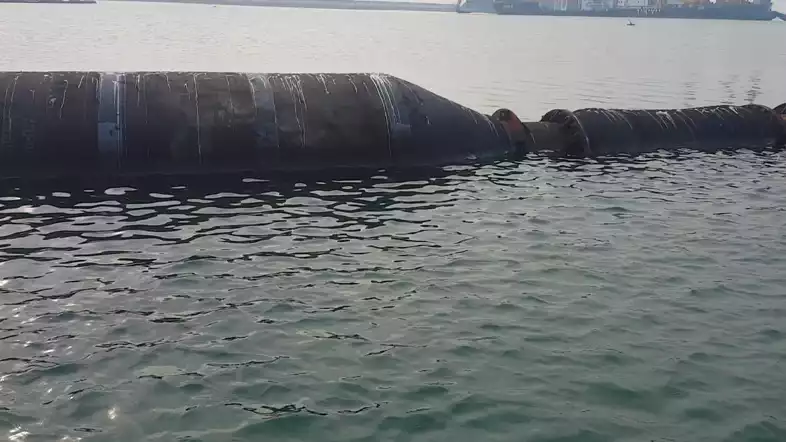
Working with dredging hoses can be hazardous, and the risk of electrocution is a significant concern. However, there are several ways to minimize this risk:
- Use proper grounding techniques: It is important to ensure that all equipment is properly grounded. This will help prevent the buildup of static electricity, which can cause electrical shock.
- Inspect the hoses regularly: Inspect the hoses for any damage, such as cracks or tears, that could lead to electrical arcing.
- Use appropriate personal protective equipment: Workers should wear rubber gloves, boots, and other appropriate protective gear when working with dredging hoses. This will help to insulate them from any electrical current that may be present.
- Avoid using metal tools: Metal tools can conduct electricity and increase the risk of electrocution. Use non-conductive tools, such as plastic or rubber, whenever possible.
- Follow proper safety protocols: Always follow safety protocols when working with dredging hoses. This includes turning off the power supply to the equipment before making any repairs or adjustments.
By following these safety measures, the risk of electrocution when working with dredging hoses can be minimized. It is important to be aware of the potential hazards and take steps to protect yourself and others.
How Often Should Dredging Hoses Be Inspected for Signs of Wear and Tear?
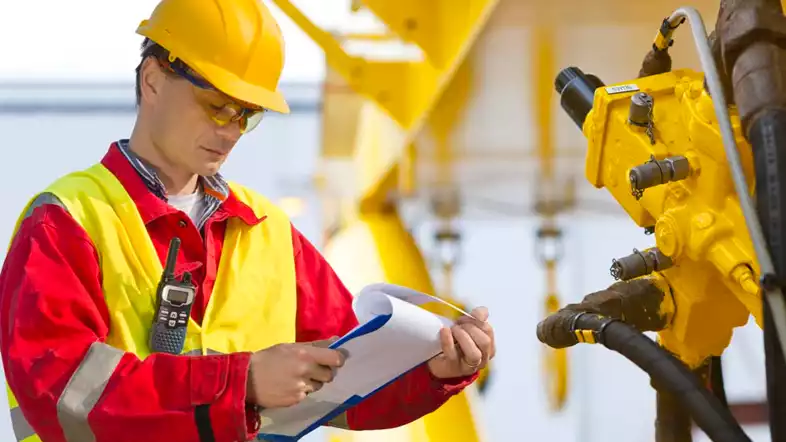
Dredging hoses should be inspected regularly for signs of wear and tear to ensure safe and efficient operation. The frequency of inspections will depend on several factors, including the intensity and duration of use, the environment in which the hoses are used, and the type of material being dredged.
In general, it is recommended that dredging hoses be inspected before and after each use to check for any visible signs of damage or wear. This can include cracks, cuts, bulges, or other deformities in the hose.
Additionally, hoses should be inspected on a regular schedule to detect any hidden or internal damage that may not be visible from the outside. This can be done through regular pressure testing or visual inspections of the hose interior.
The frequency of these inspections will vary based on the factors mentioned above, but a general guideline is to inspect hoses every 3 to 6 months, or after every 300 to 500 hours of use.
It is important to follow manufacturer recommendations for inspection and maintenance, as well as any applicable safety regulations, to ensure that dredging hoses are in good working condition and to minimize the risk of accidents or failures during operation.
Can Any Type of Hose Be Used for Dredging Operations?
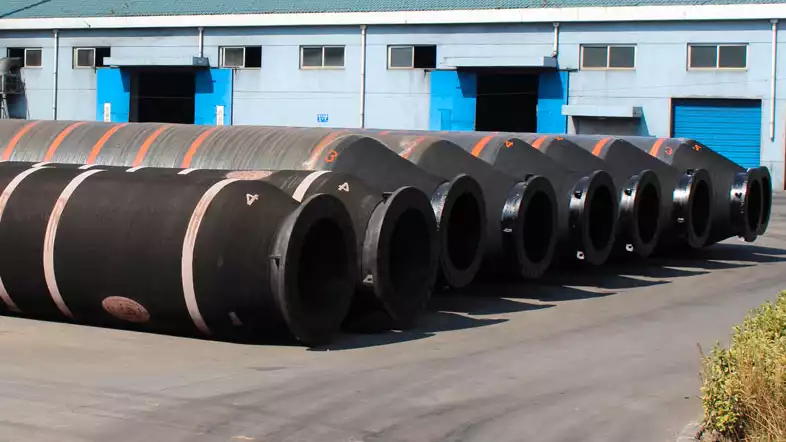
No, not all types of hoses are suitable for dredging operations. Dredging hoses are specialized equipment designed to handle the harsh and abrasive conditions of dredging operations, which typically involve moving heavy materials like sand, gravel, and sediment.
Dredging hoses are typically made of heavy-duty materials such as rubber, polyurethane, or a combination of both, which are able to withstand the high pressures and abrasion associated with dredging. They are also reinforced with layers of steel or fabric to provide additional strength and durability.
In addition to being made of appropriate materials, dredging hoses must also be designed with the specific requirements of the dredging operation in mind. This includes considerations such as the type of material being dredged, the depth and distance of the dredging operation, and the size and power of the dredging equipment being used.
Using a hose that is not designed for dredging operations can result in serious safety hazards, such as hose failure, leakage, or damage to the dredging equipment.
Therefore, it is important to use only hoses that are specifically designed and rated for use in dredging operations to ensure safe and efficient operation.
Conclusion
Dredging hoses are a critical component of any dredging operation, but they can also be dangerous if proper safety precautions are not followed. By understanding the risks associated with dredging hoses and following these guidelines, workers can minimize the risk of injury and equipment damage.




